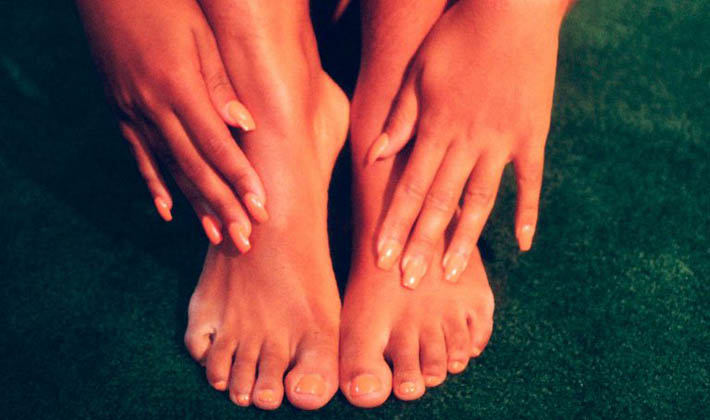Blisters, corns and calluses are common skin conditions that are irritating for many people. The following sections will explain what they are, how they develop, and what to do to prevent and treat them!
What are the differences?
Corns develop from a twisting or pinching friction over a longer time, calluses develop from pressure over a longer time and blisters develop from rubbing at a larger area over a shorter time.
Visibly, corns have a dot in the middle, calluses are thickened skin and blisters have liquid between the skin layers, which protrudes out.
How they develop?

These skin conditions develop due to friction/rubbing or pressure between the foot and another surface. This surface could be the ground, the bottom of a shoe or even the sides of a shoe.
When these skin conditions develop on the bottom of the foot, this is typically from the mechanics of the foot. A common area for a corn or callus is at the ball of the foot. This is typically due to a collapsed metatarsal arch, which creates more pressure to the metatarsal heads (bones at the ball of the foot). Another common area is callusing or blistering on the inside of the hallux (big toe). This is typically from a collapsed arch leading to excessive pressure at this area while pushing off of the back leg.
Another reason for friction or pressure at the bottom of the foot is an external pressure point inside the shoe. Look for any foreign objects in the shoe and under the insert to prevent excessive friction or pressure from these objects.
When these skin conditions develop on the sides or top of the foot, this can develop from either the mechanics of the feet or shoe fit. A common area for a blister is at the back of the heel, which can be from excessive heel motion. This heel motion can be due to excessive pronation (rolling in) or supination (rolling out), or from improper shoe fit causing the foot and heel to move around. Another common area for a blister or callus is the side of the arch. If the arch is collapsing excessively, it can rub on the side of the shoe, which may be also related to shoe fit.
There are many other ways that shoes and foot mechanics can lead to blisters, corns or calluses, but these are the more common areas.
Prevention
To prevent blisters, corns and calluses from developing, look for supportive shoes that fit properly, use the proper support when necessary and monitor for high pressure areas. Before these skin conditions develop, high pressure areas can be seen through redness or pain. If there is an indication of a high pressure area, a Canadian Certified Pedorthist can help to determine which shoe would be best for you and if support is recommended.
Treatment
To treat blisters, corns and calluses, the pedorthic treatments are similar to prevention: supportive and properly fitting shoes, and orthotics to prevent the cause of the friction and/or pressure. Speak to your local Canadian Certified Pedorthist to specialize the treatment for your specific complaints.
Once the friction and/or pressure has been relieved through the proper shoes and support, there are other treatments to help remove the skin conditions. A podiatrist, chiropodist or footcare nurse can help to remove these skin conditions when necessary.
By Julia Hayman, C. Ped (C)
